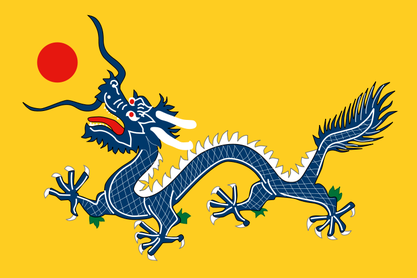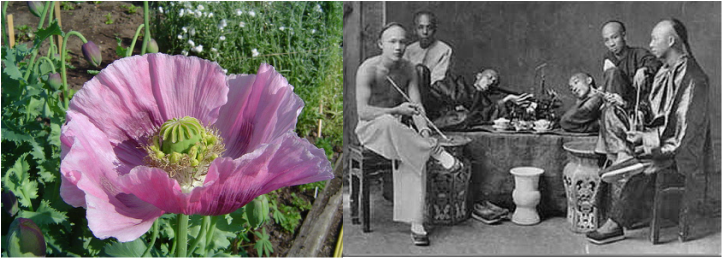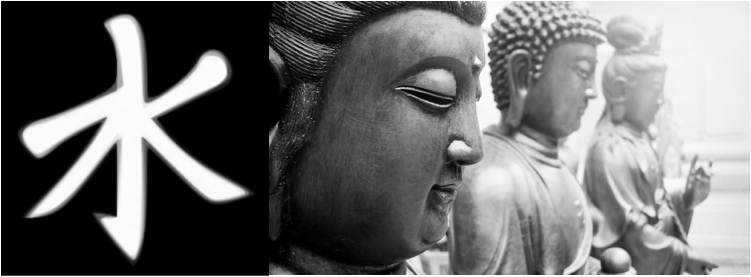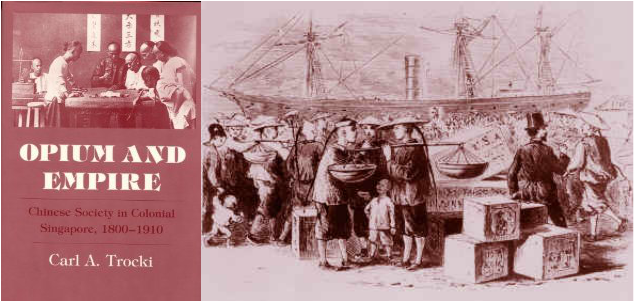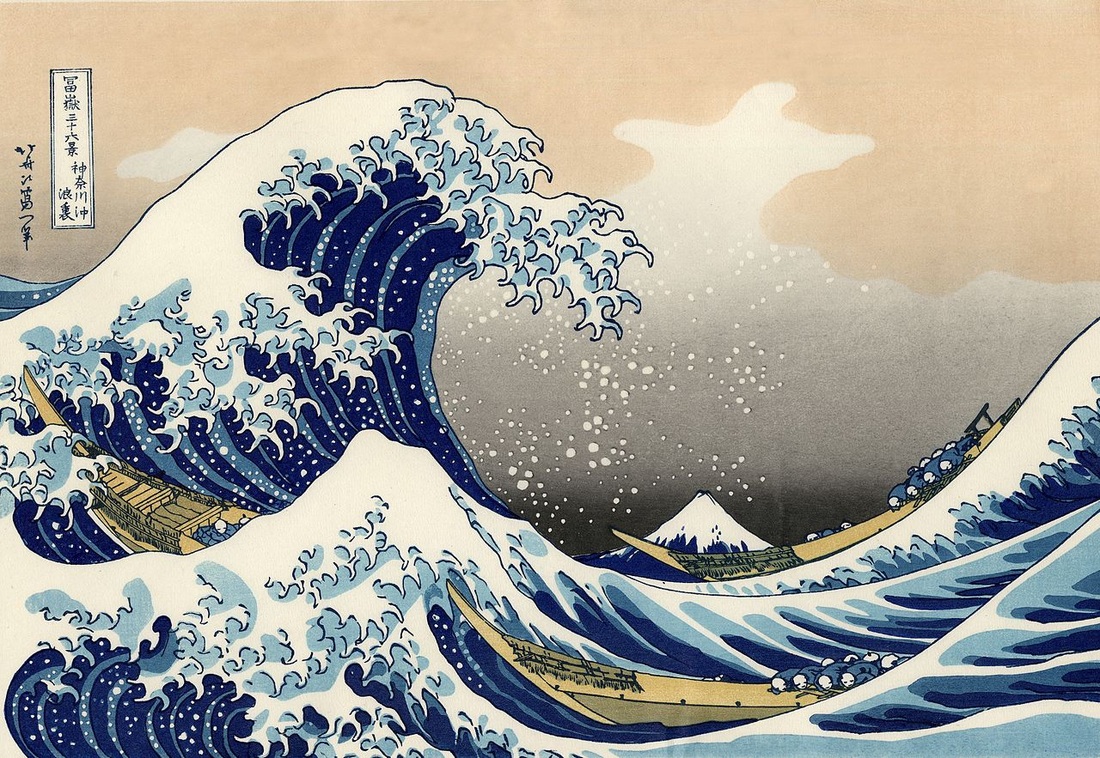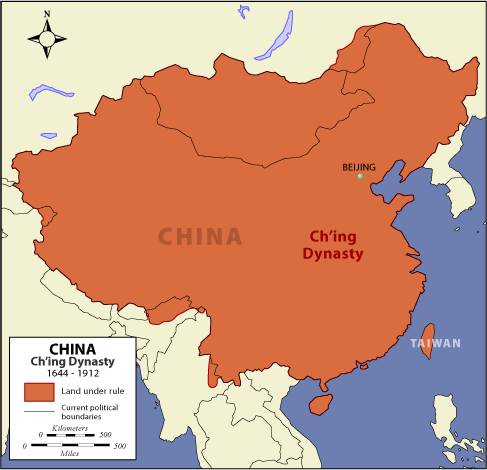Latin America Persian Chart 1750-1900
By Julianna Smith
Political
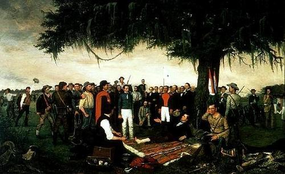
Spanish American Revolutions 1810 - 1825 – The independence movements took place in the Spanish and Portuguese colonies of Latin America. Theses colonies in Latin America were very unhappy with their rule of their mother countries. Influenced by the ideas of the Enlightenment, the Spanish and Portuguese colonies sought to overthrow colonial rule and become independent nations.
Political Fragmentation – After the independence movements in Latin America, there no unity as there was in North America after their revolution. For example, Mexico’s government attempted to be a monarchy until 1923 when it was a republic, but stayed unsteady because of financial issues and foreign intervention. The unstable Mexican government led to the separation of many nations from Mexican rule. Another example is Simon Bolivar’s state of Gran Colombia. Between 1817 and 1822, Bolivar united three countries (Colombia, Venezuela, Ecuador) into Gran Colombia. However, this nation broke away due to political differences.
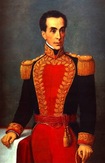
Simon Bolivar – Simon Bolivar, a Creole (Native born) elite in Latin America, emerged as the leader of the Spanish American independence movement. He gained support in the colonies because of his military knowledge and his love for independence. He united Venezuela, Ecuador, and Colombia until 1830 into a new state called Gran Colombia. As he was a strong advocate for independence, he would not accept kingship in Latin America.
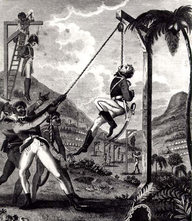 Slaves hanging a French soldier
Slaves hanging a French soldier
Haitian Revolution 1791-1804 – The Haitian Revolution was a revolt against France. Haiti, called Saint Domingue before the revolution was mostly a slave colony. Due to growing slave numbers and huge social inequalities, the Haitian people revolted against France. The Haitian Revolution became the first and only successful slave revolution in history. The Haitians officially declared their independence from France on January 1, 1804, and Jean Jacques Dessalines became the first head of state of Haiti.
Economy
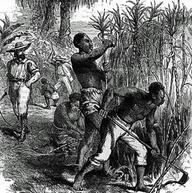
Economy in Haiti – When the slaves were no longer under the rule of their white masters, the economy declined. The country’s economy was mostly based off of the plantation system, and the exporting of coffee and sugar. This economical system largely declined when the slaves took over and there was no one to work on the plantations. Thus, Haiti became a nation of small level, mostly subsistent farmers who exported on a smaller scale.
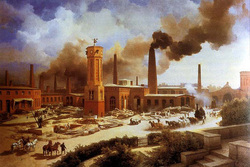
Industrialization – Due to the industrialization of Western Europe and North America, Latin America were highly driven to industrialize. Two large innovations that contributed the industrialization of Latin America were the steamship and the underwater telegraph. The steamship made traveling time from Europe to Latin America much shorter, and the underwater telegraph allowed information about news and fashion to travel from Europe to Latin America quickly.
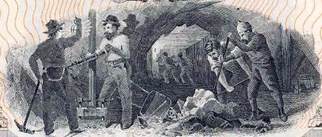 Mexican Silver Mine
Mexican Silver Mine
Exports – Below is a list of the main exports from Latin American nations and regions
· Mexico – silver, sisal (to make binder twine)
· Chile – copper, nitrates (For fertilizer)
· Bolivia – tin
· Peru – guano (bird droppings, used for fertilizer)
. Amazon Rain Forest – Wild rubber
· Central America – Bananas
· Argentina – Beef
· Ecuador – Cacao
· Brazil – coffee
· Guatemala – coffee
· Cuba – sugar
· Mexico – silver, sisal (to make binder twine)
· Chile – copper, nitrates (For fertilizer)
· Bolivia – tin
· Peru – guano (bird droppings, used for fertilizer)
. Amazon Rain Forest – Wild rubber
· Central America – Bananas
· Argentina – Beef
· Ecuador – Cacao
· Brazil – coffee
· Guatemala – coffee
· Cuba – sugar
Religion
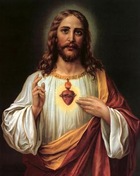
Catholicism- Catholicism came with the coming of the Europeans. Catholicism is a domination of Christianity. Catholicism includes the veneration of Jesus Christ, God, and many saints. By the time of colonization, Catholicism was the dominant religion in Latin America. Through this came many problems, many opposed Catholicism and the Catholic church saying that it took away individuality.
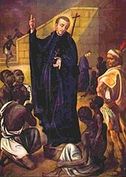
The Church in Latin America – The Catholic Church was a very prominent ordeal in Latin America. The church had a major role in education, politics, and the economy. Conservatives in Latin America wanted to keep the Catholic Church in authority with the government. However, the liberals, who favored Enlightenment values, wanted a separation of church and state.
Society

Women – After the independence movements in Latin America, women did not gain very many rights. They were still unable to participate in political activities. Women that were younger than 25 and were unmarried were under the power of their fathers. However, when women were married, they could not work or control their own estates.
· Lower class women had more freedom in economic areas. They usually ran local markets. They also had more social freedom because they were not under the authority of their families.
· Lower class women had more freedom in economic areas. They usually ran local markets. They also had more social freedom because they were not under the authority of their families.
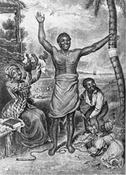
In Haiti – After the Haitian Revolution, the citizens were all classified as equal. However, they still preferred lighter skin people to rule. Also, the social inequalities reversed, as blacks were now killing whites and other mixed races.
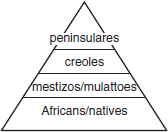
Social Hierarchy – In Latin America, the creole elites remained in charge of business, plantations, and ranches, even after the Latin American Revolutions. The military often provided social mobility to people. Among the middle class were mixed raced men and women and were usually teachers, shopkeepers, or artisans. Still, blacks, Indians, and other mixed race people were very poor, making up the lower class. Most of the lower class, would work in the mines or on the plantations of the upper class.
Freedom from slavery – Most countries began to abolish slavery, and although slavery was not prominent, racism against Africans, Native Americans, and other mixed raced peoples was still widely practiced by Europeans and people of lighter skin.
Intellectual / Innovation
Enlightenment – Although most of the Enlightenment thinkers did not come from Latin America, their ideas sure did influence Latin America’s movements for independence. Without Enlightenment thinking, Latin American nations would have not wanted to revolt against their governments.
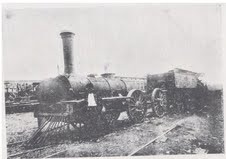
Railroads – By 1860, Latin America was beginning to industrialize and railroads were being built. Usually, railroads would be built from port cities to export producing areas. The building of such railroads provided short travel time and provided for news to travel quickly. These railroads opened up new ways for communication and commerce.
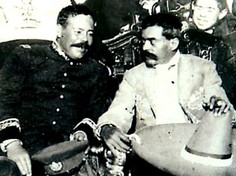
Zapata and Villa – These two men, rural leaders of the Mexican Revolution, were not only political figures; for they were also an innovative duo in Mexico. Porfiro Diaz, the dictator of Mexico in 1906, was revolted against with the help of Zapata and Villa. Zapata and Villa not only helped to get rid of Porfiro Diaz, but they also helped with the land redistribution in Mexico and more rights for peasants.
Simon Bolivar – Like in Mexico, Simon Bolivar was the leader of the Spanish American independence movements against Spain. He was not only a political figure, as like Zapata and Villa in Mexico, but he helped to get rid of colonial rule as well as influence the colonial people into thinking that they need to revolt against Spain.
Romanticism- Romanticism took root in Latin America in the 1830s after the era of independence. This view found the base of its ideas in historical images, culture, and the Indian culture. It was a new view of Latin American nationalism.
Romanticism- Romanticism took root in Latin America in the 1830s after the era of independence. This view found the base of its ideas in historical images, culture, and the Indian culture. It was a new view of Latin American nationalism.
Arts and Architecture
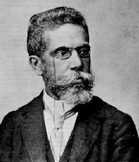
Machado de Assis- Assis, born in 1839 of African and Brazilian descent, was a great novelist and poet in Latin America in the 19th century. Assis wrote about the society of his country as well as psychological short stories. He was recognized as Brazil’s greatest novelist of the 19th century.
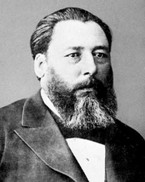
Jose Hernandez – Jose Hernandez was an Argentine poet who was born in 1834. He is best known for his romantic epic poem called Martin Fierro, which was published in 1872. This epic poem was written about the persecution of the Argentine cowboys, or the guachos.
http://www.britannica.com/EBchecked/topic/263351/Jose-Hernandez
http://www.britannica.com/EBchecked/topic/263351/Jose-Hernandez
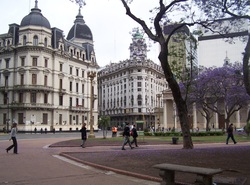
Architecture of Buenos Aires, Argentina – As Latin America became more modernized and their economy grew, their cities became more and more Western. One great example is in Buenos Aires, Argentina. It became the metropolitan area of Argentina and dubbed itself the “Paris of South America.” The buildings there were mostly built in the architectural style of the French and Italian. Incorporated into the architecture are gargoyles, statues, and cupolas. These accents showed influence from Greece, Italian, and French architecture.
http://www.gringoinbuenosaires.com/buenos-aires-architecture/
http://www.gringoinbuenosaires.com/buenos-aires-architecture/
Themes for the arts – The arts (Poetry, novels, songs, etc.) before the 1870s in Latin America were usually influenced by politics and society in Latin American nations. By the 1870s, however, literature and poems were influenced more by science, modernization, and positivism.
Near Geography
Origins of the Latin Americans – Of course the population of Latin America came from many different places. Immigration, the slave trade, and Native Americans all helped to make up the population of Latin American nations.
Immigration – The Americas was a large and prominent destination for European immigrants. In fact, Latin America received 20 percent of European immigrants. Not only did they help make up a part of the Latin American population, but they also enlarged the white to non white ratio. Because they were considered white, they were given economic advantages as opposed to mixed race, African, and Native America people.
Immigration – The Americas was a large and prominent destination for European immigrants. In fact, Latin America received 20 percent of European immigrants. Not only did they help make up a part of the Latin American population, but they also enlarged the white to non white ratio. Because they were considered white, they were given economic advantages as opposed to mixed race, African, and Native America people.
Natural Landmarks

· The Amazon River – The Amazon River is the world’s second longest river starts in the Andes Mountains in Peru flows all the way to Brazil at a length of 4,000 miles, and empties in to the Atlantic Ocean. The river flows through the Amazon Rain Forest, and has a rainforest climate with high temperatures and heavy rainfall. The river was once a popular source of communication and trade in Latin America
http://www.britannica.com/EBchecked/topic/18722/Amazon-River
http://www.britannica.com/EBchecked/topic/18722/Amazon-River

Sierra Madre Occidental – The Sierra Madre Occidental mountain range forms the western border of the Mexican mainland. The average elevation of this mountain range is 9,000 feet, and it extends 700 miles through Mexico. As it gets farther south, the mountain range meets the Sierra Madre Oriental to the west, and the Sierra Madre del Sur to the south.
http://www.britannica.com/EBchecked/topic/543406/Sierra-Madre
http://www.britannica.com/EBchecked/topic/543406/Sierra-Madre
All information unless otherwise cited was taken from Robert W. Strayer’s Ways of the World Second Edition and Stearn’s
World Civilizations: The Global Experience
Persian Chart 1750-1900 Latin America by Julianna Smith
Persian Chart 1750-1900 Latin America by Julianna Smith
middle east and north africa
Your browser does not support viewing this document. Click here to download the document.
Sophia Gonzalez Mayagoitia
eAST asia
by: christian estrada
political
- Shortage of food in China causes its population to rebel
- Peasant uprisings became more and more frequent during these times
- One huge rebellion that occurred was called the White Lotus rebellion
- The rebellion went on for a whole eight years before Chinese officials were able to bring it to an end
- Opium becomes very popular with the Chinese population
- It eventually causes the first Opium war in 1939.
- Opium war lasts for a whole 3 years and focuses on the British owning Hong Kong
- Chinese population is still exploding and due to the Opium, Poverty increases.
- Main reason for poverty is lazy Chinese who dont want to work and are smoking opium.
- This causes the Taiping rebellion in 1850.
- Taiping rebellion is the worst rebellion to occur in China ever.
- By the end of the rebellion in 1864, 20-30 million people died in the process.
- After this China gets in a war with Japan in 1894 and loses in 1895 many of the ports in east china open up.
- China begins to hate outsiders and therefore many are killed.
- Beijing is captured by Europeans and China is forced to pay back for the damages of the dead outsiders
economic
- China during this time period is essentially completely dependent on Opium
- It is there number one import and export.
- A vast majority of their economy deals with Britain smuggling in Opium to Chinese cities.
- Many Chinese didnt work during this time because of the effects of the Opium and their severe addiction.
religion
- Confucianism holds the main focus in many Chinese households
- Buddhism remains the second most common religion
society
- The massive population in China and little food left many families hungry
- This sometimes meant that families would have less children.
- Opium decreased family life as many people were highly addicted to the potent drug.
- China developed a very hostile state of mind towards any outsiders that entered China.
Intellectual
- China makes some advances in the military aspects due to their recent failures on the battlefield.
- China attempts to modernize, although not very successfully
- China's military loses another war with japan.
art
- The main artistic piece to come out of East Asia during this time is Hokusai's- The Great Wave at Kanagawa.
near geography
- Wars with other countries cause the Quing Dynasty to reduce in size.
- Another factor that increases this is the many rebellions occurring inside if the dynasty itself.
http://www.metmuseum.org/collections/search-the-collections/45434
http://www.bbc.co.uk/history/0/20428167
http://www.bbc.co.uk/history/0/20428167
Eastern Europe (1750-1900): Modern
by: America guerrero
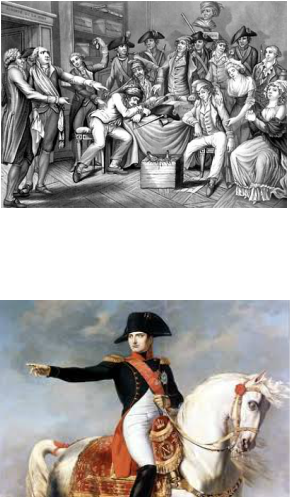
P(olitical):
- Although Britain was involved in a lot of wars during the 1700s, none of these wars were on British property. No citizens really questioned Britain's government, which allowed it to politically develop with no trouble.
- In 1750 only England and the Netherlands had constitutional monarchies, governments that limited the powers of the king or ruler.
- All the other kingdoms of Europe, as well as the Muslim Empires and China, practiced absolutism. Absolutist rulers benefited from the tendency for governments to centralize between 1450 and 1750 because it extended the power they had over their subjects.
- One of the most important political concepts to arise from the era was the "nation-state," a union often characterized by a common language, shared historical experiences and institutions, and similar cultural traditions, including religion at both the elite and popular levels.
- This made political loyalty not so much about the leader and king himself anymore, but more about the nation as a whole.
- In the mid 1700's the "Age of Enlightenment" arose in Europe; where philosophical and political ideas were begun to seriously question the assumptions of absolute governments.
- The Enlightenment invited people to use their "reason" using the same humanistic approach of Renaissance times.
- Self-made men questioned the idea that aristocrats alone should hold the highest political offices. Most could read and write, and found Enlightenment philosophy appealing in its questioning of absolute power. They sought political power to match the economic power that they had gained.
- The French revolution caused the Declaration of the Rights of Man and the Citizen, modeled after the American Declaration of Independence, and they set about to write a Constitution for France.
- The years after the revolution began were turbulent ones that saw the king beheaded and the government taken over by the Jacobins, a radical group that sought equality through executing those that disagreed with the government.
- Jacobins leadership was then taken by Napoleon Bonaparte, in charge of the revolution.
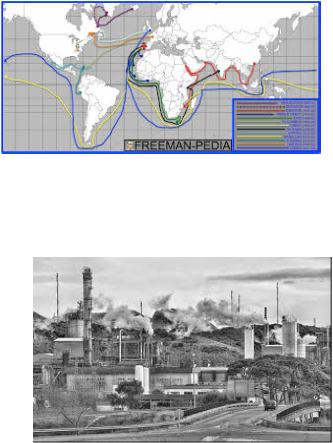
E(conomy):
- The Industrial revolution began in England during the 18th century then spread during the 19th to Belgium, Germany, Northern France, the United States and Japan.
- Britain being in the lead of this revolution, gained immense power and economic growth; allowing colonization of other lands and eventually converting the empire into a world wide British Empire.
- The agriculture revolution began the early 1700s, wealthy landowners expanded their lands to experiment and attempt to increase Britain's population by improving their nourishment.
- In Britain also arose the technological revolution to do its mechanization and available machine parts that could be traded easily.
- Britain remained in advantage of all the other countries due to its amount of water for fuel for the machines and rivers to transport them, along with the accessible raw materials such as gold and silver which were the main sources that began the industrial revolution. And Britain had banks established and running since the era before.
- Railroads were a much cheaper and easier way to transport raw materials and other goods, it also allowed workers to travel from city to city in many job opportunities granted to them.
- By the mid 19th century, Europeans migrated to the United States to fill in labor in factories and some went to Latin America to work in plantations.
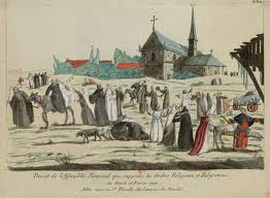
R(eligion):
- 3 major ideologies were caused by the Industrial revolution in other countries around Europe:
- Conservatism - People who supported this philosophy at first advocated return to absolute monarchy, but came to accept constitutional monarchy by the mid-1800s. Generally, conservatives disapproved of the revolutions of the era, particularly the French Revolution with all the violence and chaos that it brought.
- Radicalism - Radicals advocated drastic changes in government and emphasized equality more than liberty. Their philosophies varied, but they were most concerned with narrowing the gap between elites and the general population. The Jacobins during the French Revolution, and Marxism that appeared in the mid-19th century were variations of this ideological family.
- Liberalism - Liberals supported a republican democracy, or a government with an elected legislature who represented the people in political decision-making. These representatives were generally from the elite, but were selected (usually by vote) from a popular base of citizens. Emphasis was generally on liberty or freedom from oppression, rather than on equality.
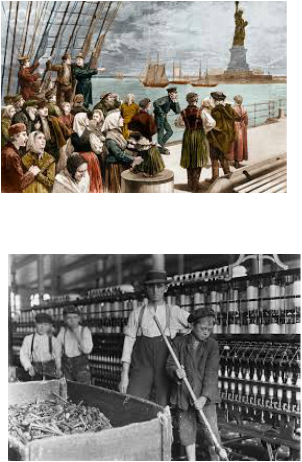
S(ociety):
- The industrialization brought many job opportunities for skillful people and some even were able to become engineers and open their own business.
- Although the industrialization brought a lot of opportunities for labor, the farmers who left their lands to seek for jobs in the cities were left with disappointments due to the low salary and poor conditions the workers had to live in.
- The factory workers weren't capable of managing hours, salary, or any other labor organizations other than their boring continues jobs.
- "bourgeoisie", a large development of middle class arose from the Industrial revolution in industrialized countries.
- Wealth was now greatly based on money and successful businesses, although in-heritage and land owning was still crucial and part of the social class ranking.
- Members usually had a better and more comfortable life style than factory workers and had the ideology that..."factory workers were less of value than them and were blamed for their own misfortune and failure at succeeding in the industrial world.
- Social Darwinism made people think the lower social class (the poor) was a social ranking "by nature" and the should remain that way.
- The French revolution arose from so much inequality; Social classes were divided into three estates: first was the clergy, second the nobility, and the Third Estate was everyone else.
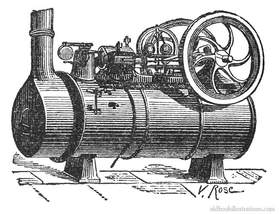
I(nnovations):
- The first innovation from the Industrial revolution was Britain's textile industry.
- By the 1750s Britain's wealthy textile merchants established factories with water-fueled machines and had workers serve labor.
- The steam engine had been invented during the Industrial revolution to make trade and transportation much easier in between Europe and other neighboring countries.
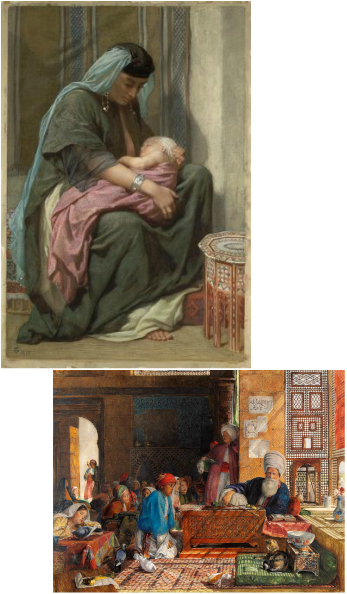
A(rts and architecture):
- After the Napoleonic wars, Britain's growing commercial prosperity produced a new class of tourists - businessmen, professionals, writers
- In the 1820s improvements in steel engraving meant that one engraved plate could produce many prints
- In the early 19th century more artists took advantage of the opportunities for foreign travel, exploring new subjects in the landscape and cultures of other countries
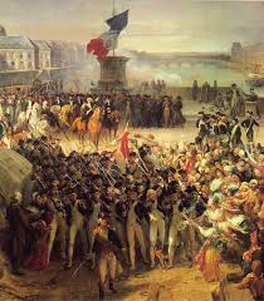
N(ear Geography):
http://www.vam.ac.uk/content/articles/b/british-watercolours-travel-europe-middle-east/
http://quizlet.com/10392147/ap-world-periods-test-1750-1900-flash-cards/
http://www.teacheroz.com/Per5Review.pdf
- The Industrial revolution affected almost all areas of the world because it divided all countries in "have" and "have not" eventually oppressing them under former control.
- After Germany was unified in the 1870's it became in rival with Britain for industrial production.
- Europe sent immigrants to the United States in search of their fortunes such as raw materials, water and plenty of labor, which it developed in the 1820's influenced by the Industrial revolution.
- By the 1900's the Industrial revolution also affected Japan making it the most industrialized area in Asia and about to become the most powerful region of Asia in the 20th century.
- Revolution in France was a civil war, a rising against the Ancient Regime.
http://www.vam.ac.uk/content/articles/b/british-watercolours-travel-europe-middle-east/
http://quizlet.com/10392147/ap-world-periods-test-1750-1900-flash-cards/
http://www.teacheroz.com/Per5Review.pdf
